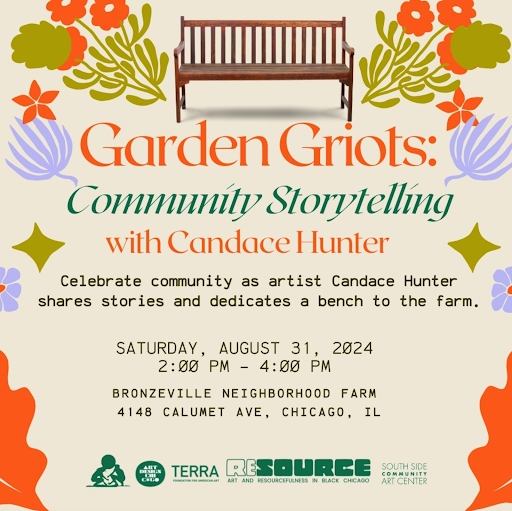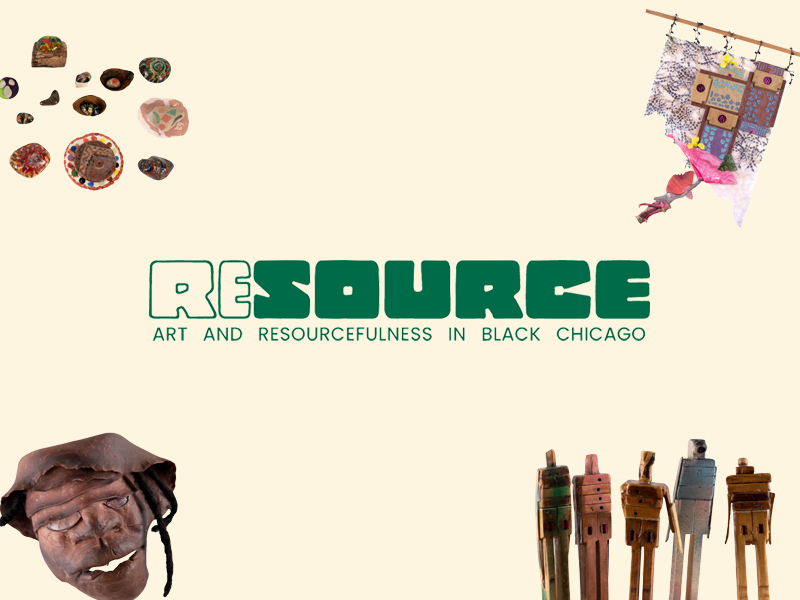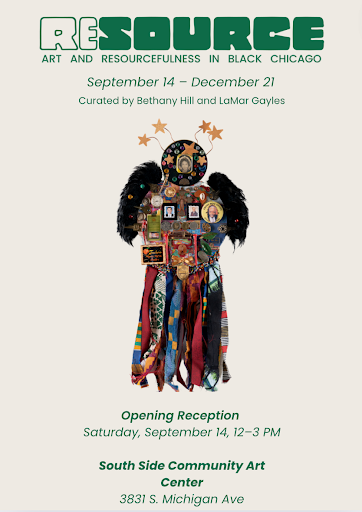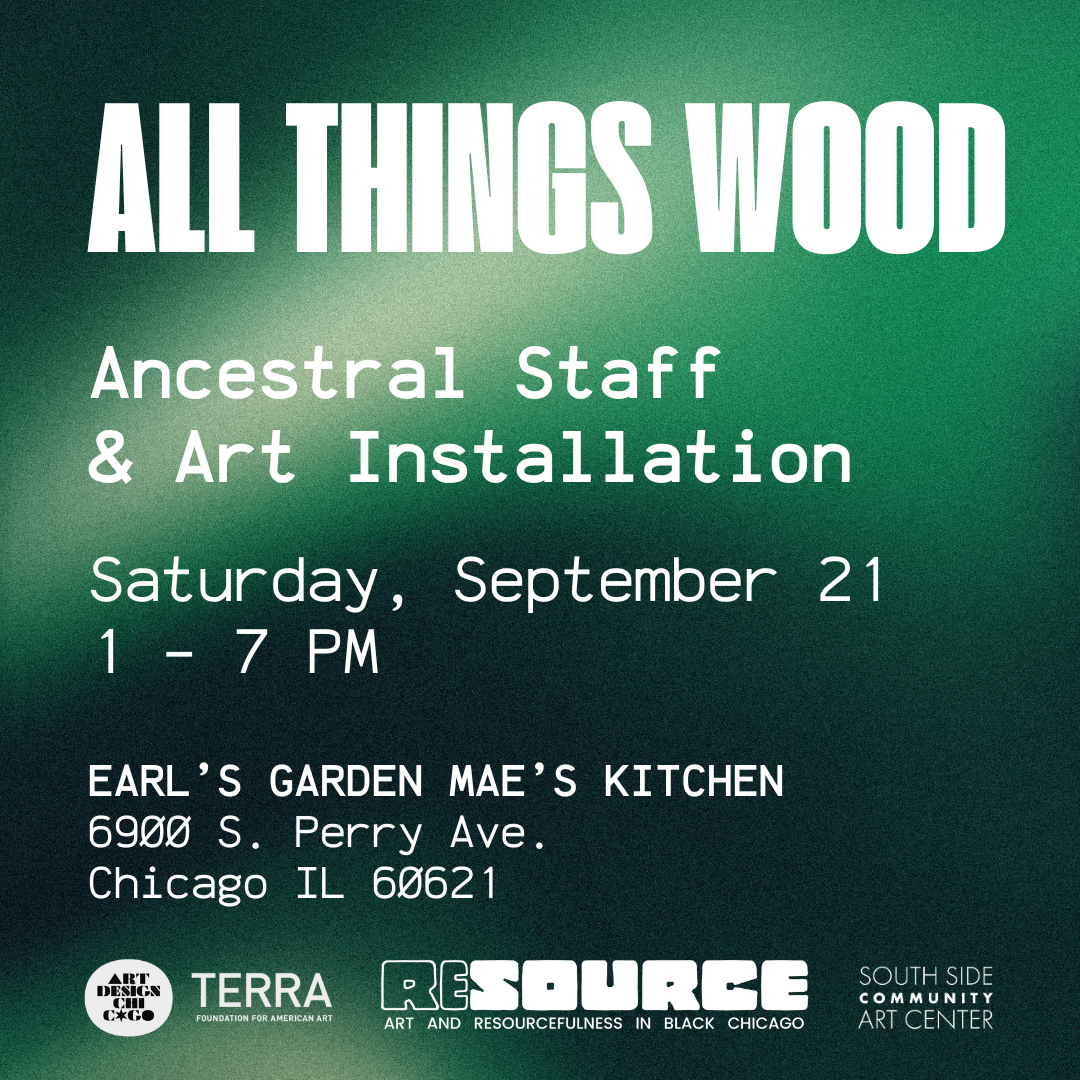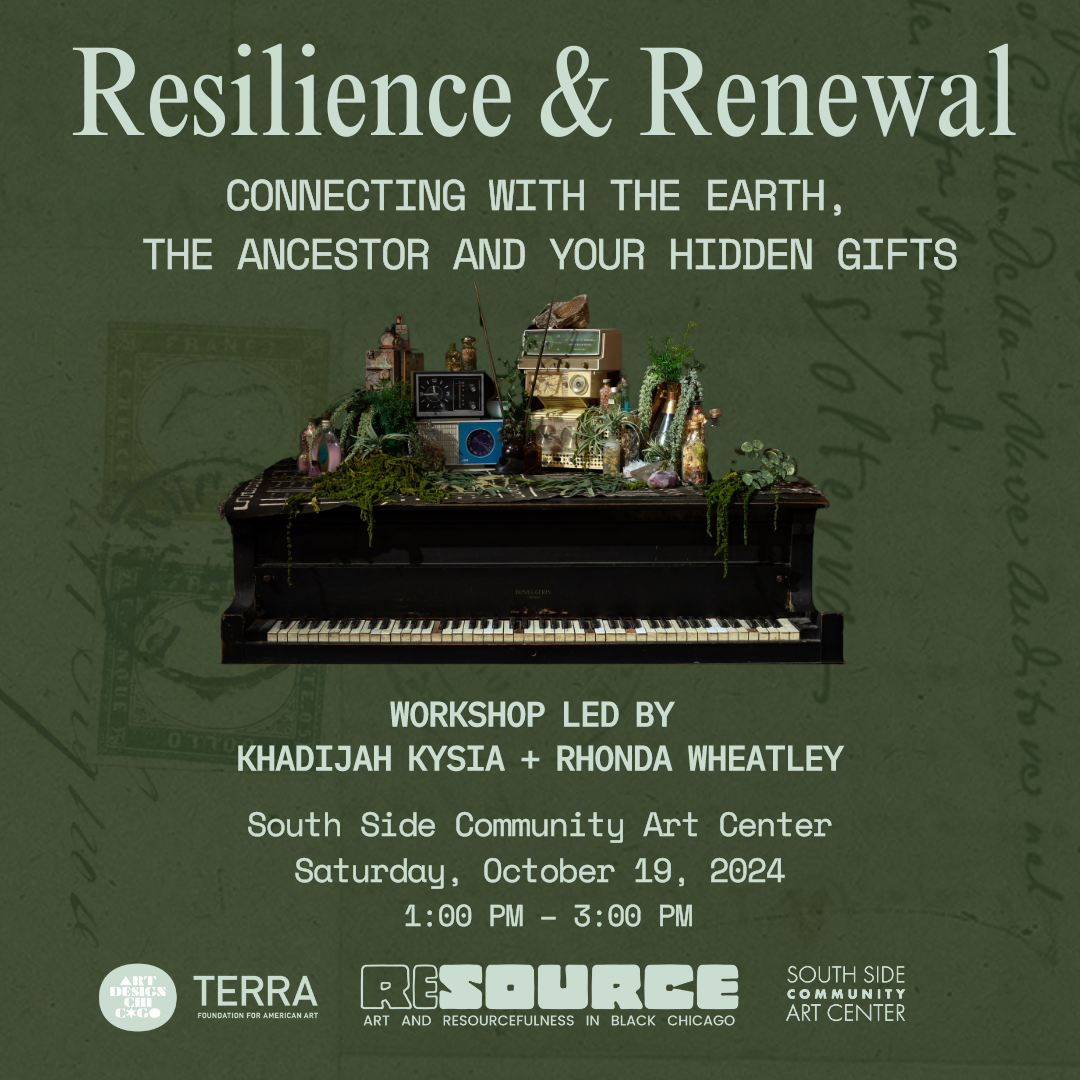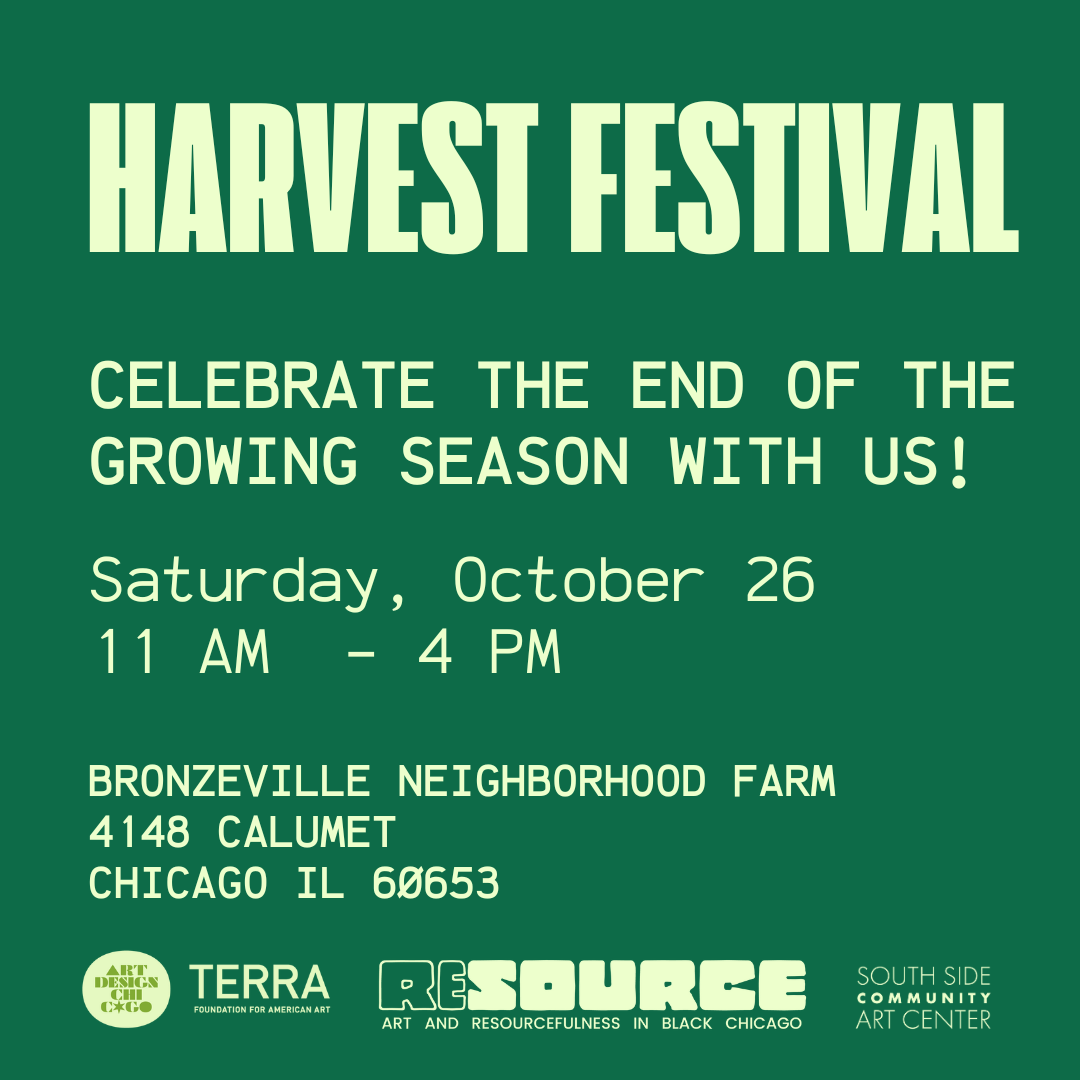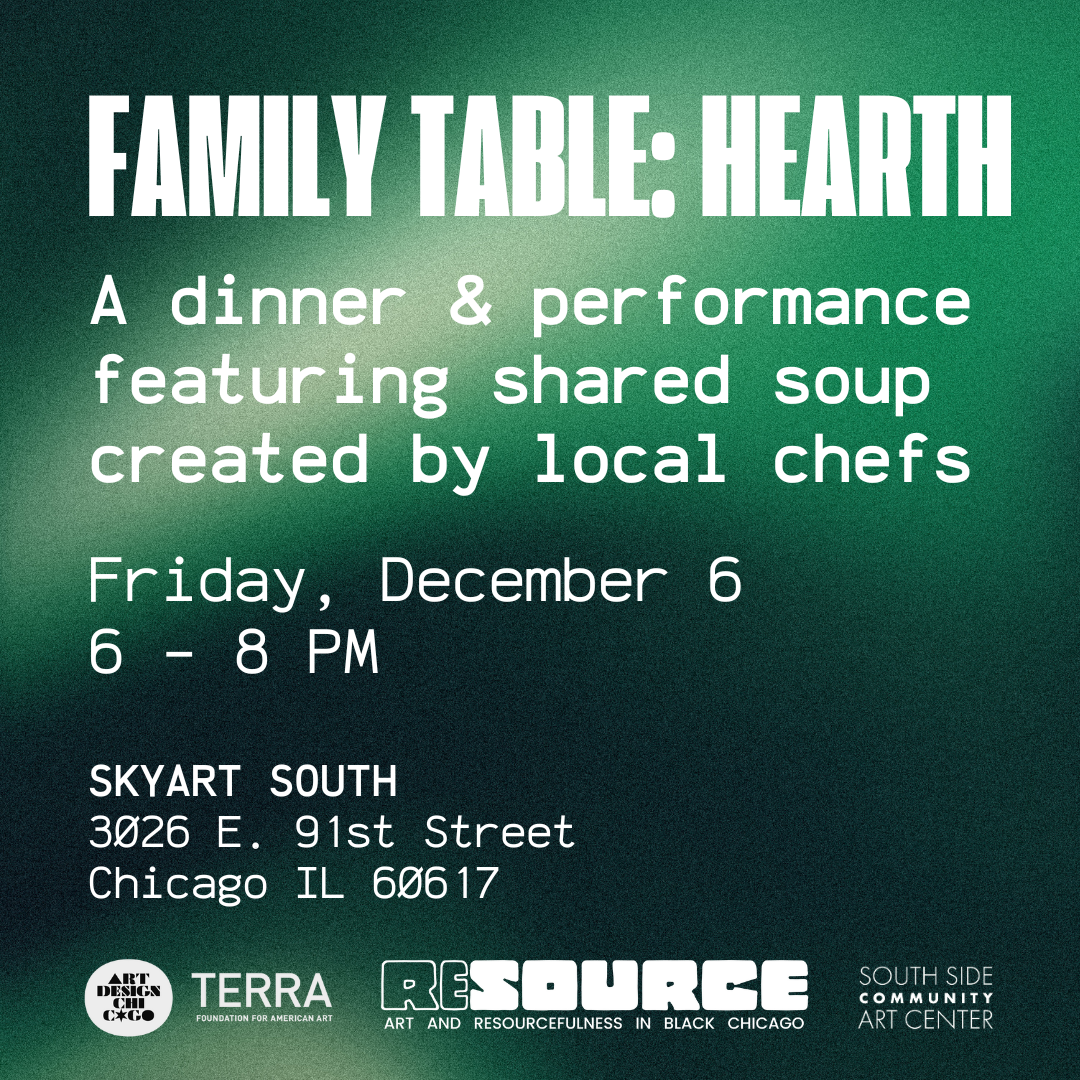Garden Griots: Community Storytelling with Candace Hunter
Bronzeville Neighborhood Farm 4148 S Calumet Ave, Chicago, IL, United StatesLocal Chicago artist Candace Hunter will unveil a decorative bench depicting stories she gathered from Bronzeville residents about their experiences living in Bronzeville.



